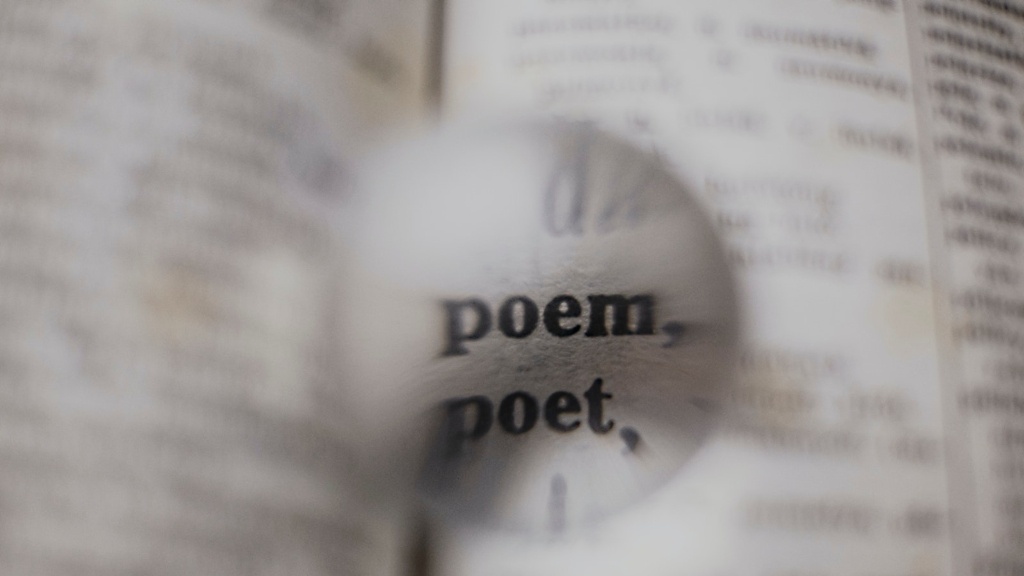Anglo-Saxon poetry is a kind of poetry and literature that was written in Old English during the Middle ages. It is an important part of early English literature and is characterized by rhythm, imagery, and alliteration. Anglo-Saxon poetry is typically separated into two types – alliterative verse and riddles. Here are some characteristics of Anglo-Saxon poetry:
Rhythm
The rhythm of Anglo-Saxon poetry was strongly influenced by story-telling traditions. It was composed with a distinct four-beat line, which created a certain kind of rhyme scheme. Each line began with an accented syllable, followed by several unaccented syllables, creating a very rhythmic and powerful style of poetry. The combination of the strong four-beat line and the use of alliteration was used to help the reader recall the poem more easily.
Imagery
Anglo-Saxon poetry relied heavily on imagery, as it was often used to express a certain emotion or feeling. The vivid descriptions of nature and the environment were often used to highlight the emotions of the poem’s characters. This type of poetry was also often used to communicate a moral lesson or to highlight a political or religious theme. The imagery used in this type of poetry is comparable to the imagery found in modern poetry.
Alliteration
Alliteration is the repetition of consonant sounds, usually at the beginning of words or phrases. This technique was used frequently in Anglo-Saxon poetry and is responsible for the rhythmic and memorable quality of the poems. Alliterative verse is a great tool to emphasize a certain theme or message, as it often pulls the readers attention towards the key points in the poem.
Form
Anglo-Saxon poetry was typically composed as a ‘long-verse’, stretching over several pages. This was done to ensure that the poem’s message was conveyed in a more complete form. This type of literary structure was often used to create a narrative and convey its characters’ thoughts and emotions. Many poems also had a strong moral lesson at their core, and the narrative often served to emphasize this.
Grammar And Syntax
The grammar and syntax of Anglo-Saxon poetry is unique. It was written in Old English and made use of complex sentence structures and archaic syntax. The purpose of this was to create an element of mystery, so that the reader was more deeply engaged with the poem and its themes.
Meter And Alliteration
Alliteration and meter both played a major role in Anglo-Saxon poetry. Alliteration was used to emphasize feelings, while the meter often acted as a unifier between lines. This combination of alliteration and meter created a powerful and memorable rhythm, which was further complemented with vivid imagery.
Themes And Symbols
Anglo-Saxon poetry often featured timeless themes and symbols. These ranged from the heroic code of honor or tales of a hero’s journey, to the joy of love and the sadness of loss. Symbols were also often used to convey the message of the poem more clearly and effectively. For instance, a broken sword might signify the death of a hero, or a raven might signify wisdom and knowledge.
Religion
Religion was another recurring theme in Anglo-Saxon poetry. Religion was an integral part of people’s lives back then, and poets often used religious symbolism to express their thoughts. This type of symbolism often gave the poem a deeper meaning and helped to highlight the power of faith and belief.
Ethics And Values
The ethics and values of life were also often featured in Anglo-Saxon poetry. Poets often focused on the responsibilities of an individual and the importance of maintaining one’s honor and morality. This kind of poetry made being true to one’s values and ideals a major theme and encouraged readers to pursue a virtuous and righteous life.
Folklore And Mythology
Folklore and mythology were also common themes in Anglo-Saxon poetry. These tales often featured gods, goddesses, heroes and villains, and their purpose was to educate and entertain the reader. Through these narratives, readers were able to learn about the values that were important in that time period and explore their own beliefs.



